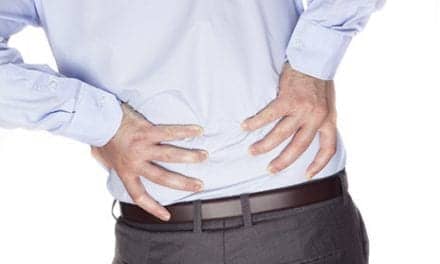A recently published literature review explains how physical therapy can be a useful addition to exercise or to manipulative therapy to help improve bone-and-joint-based function affected by pain and/or injury.
“A variety of therapeutic modalities are used by physical therapists, athletic trainers, and occupational therapists to reduce pain and restore strength and function. These modalities are used in conjunction with rehabilitation exercise protocols to maximize function and to allow patients to achieve their functional and athletic goals,” says Catherine A. Logan, MD, MBA, MSPT, in a media release from the American Academy of Orthopaedic Surgeons.
Logan, a physical therapist and an orthopaedic surgeon specializing in the development of postsurgical rehabilitation and return-to-play protocols, is lead author of the literature review, published in the Journal of the American Academy of Orthopaedic Surgeons.
According to the literature review, some research supports cryotherapy to reduce inflammation and thermotherapy to use with stretching and joint mobilization techniques to increase range of motion. Both can be used to help manage pain.
Another modality, cupping therapy, “experienced a tremendous surge in interest since the Rio Olympics. It theorizes that the suction of the cups mobilizes blood flow to an area to promote healing and recovery. While the effectiveness of these trends has not yet been determined due to lack of rigorous scientific evidence, it has been supported by empirical evidence,” Logan says in the release.
Pairing an additional modality—electrical stimulation—with exercise therapy appears to be most effective among patients in neuromuscular re-education after anterior cruciate ligament reconstruction.
Iontophoresis has a limited role in short-term pain reduction, the release continues. However, longer-term use of the modality is not recommended.
“The utility of the majority of therapeutic modalities, with the exception of cryotherapy and neuromuscular electrical stimulation, is primarily during the acute recovery phase of rehabilitation. These modalities complement therapeutic exercise and manual therapy to aid in the patient’s overall recovery, rather than an isolated treatment technique,” Logan explains, in the release.
[Source(s): American Academy of Orthopaedic Surgeons, Science Daily]





